What is a smart home AI robot? It’s a groundbreaking innovation that places the future of intelligent living directly in your hands, transforming homes into autonomous, responsive ecosystems. In 2025, the smart home AI robot is more than a gadget—it’s a versatile companion that automates tasks, enhances security, and personalizes your living space.
Contents
Embracing the Autonomous Home
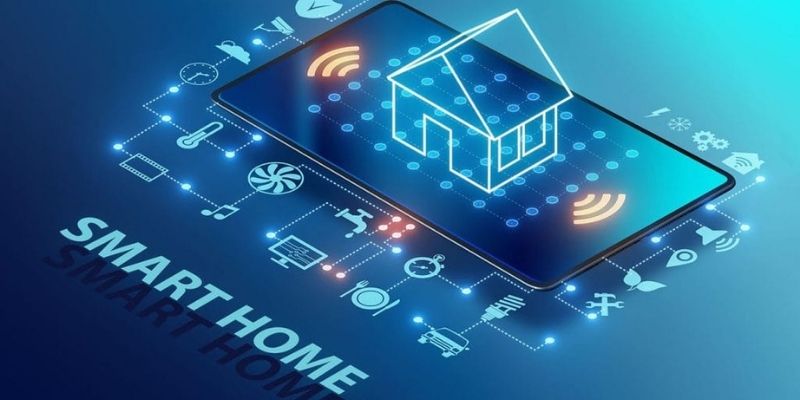
The concept of an autonomous home, where tasks are performed with minimal human input, is no longer a distant dream but a reality driven by the smart home AI robot. These robots represent a leap beyond traditional smart devices, which rely on preset schedules or manual commands. A smart home AI robot is equipped with advanced artificial intelligence, including machine learning, computer vision, and natural language processing, enabling it to navigate spaces, make decisions, and interact with residents in real time.
Imagine a home where a smart home AI robot patrols your living room, adjusts lighting based on your mood, or cleans floors while avoiding obstacles. Unlike static devices like smart thermostats, these robots are mobile and multifunctional, capable of performing diverse tasks—from vacuuming to monitoring air quality. In 2025, models like the Samsung Ballie or LG’s CLOi are leading the charge, integrating with platforms like Google Home or Amazon Alexa to create a cohesive smart ecosystem. The smart home AI robot empowers homeowners to delegate routine chores, freeing up time for creativity and relaxation, and marking a new era of autonomous living.
This shift toward autonomy is driven by consumer demand for convenience and efficiency. With urban populations growing—projected to reach 68% of the global population by 2050—homes are becoming hubs for work, leisure, and wellness. The smart home AI robot addresses these needs by offering scalable solutions, from compact units for apartments to advanced models for sprawling homes, making the autonomous home accessible to all.
Unlocking Intelligent Automation with the Smart Home AI Robot

The smart home AI robot unlocks intelligent automation by combining mobility, AI-driven decision-making, and seamless integration with other smart devices. These robots are designed to perform tasks autonomously while learning from user behavior to optimize performance.
A smart home AI robot uses LIDAR, ultrasonic sensors, and cameras to map and navigate home environments, avoiding furniture or pets with precision. For example, a robot might patrol a home to check for open windows or detect spills, adapting its path based on real-time obstacles. This ensures tasks are completed efficiently, even in dynamic settings.
Unlike single-purpose devices, the smart home AI robot handles multiple functions. A single unit might vacuum floors, deliver items to different rooms, or project notifications onto walls. Advanced models can even assist with childcare by reading stories or monitoring play areas, making them true multitasking companions. Their AI learns to prioritize tasks based on user schedules, such as cleaning during work hours.
The smart home AI robot integrates with broader smart home systems via protocols like Matter or Zigbee, communicating with lights, locks, or appliances. For instance, a robot might detect a guest via a smart doorbell and open the door while turning on entryway lights. This interconnectedness amplifies automation, creating a home that responds holistically to your needs.
In practice, a smart home AI robot might start your day by brewing coffee, adjusting blinds for sunlight, and reporting the weather, all based on your wake-up routine. Its ability to learn—refining actions through data like movement patterns or voice commands—ensures automation becomes more intuitive over time. By 2025, these robots are affordable, with entry-level models starting at $200, making intelligent automation a reality for diverse households.
The Benefits in Your Hands
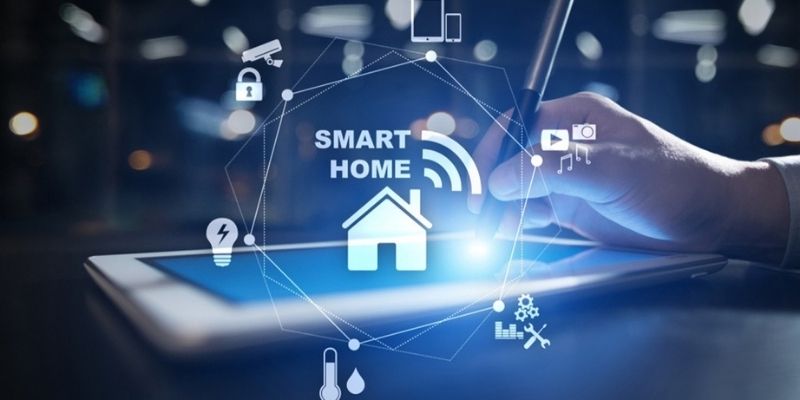
The smart home AI robot delivers transformative benefits that place control, convenience, and peace of mind directly in your hands. These advantages span practical, emotional, and societal dimensions, redefining the home experience.
Time and Effort Savings
By automating chores like cleaning, organizing, or monitoring, the smart home AI robot frees up significant time.
Studies estimate that households save 10-15 hours weekly on domestic tasks with robotic assistance, allowing more time for family, hobbies, or work. This efficiency is particularly valuable for busy professionals or parents managing hectic schedules.
Enhanced Security and Safety
AI robots bolster home security by patrolling spaces, detecting anomalies like smoke or unauthorized movement, and sending real-time alerts.
For example, a robot might notify you of a gas leak while shutting off the stove remotely. These smart home AI robot features provide reassurance, especially for those living alone or with young children.
Personalized Comfort
The smart home AI robot tailors environments to individual preferences. It might adjust room temperatures based on your biometric data or play calming music when stress is detected via voice tone.
This personalization enhances well-being, creating homes that feel uniquely yours, a key reason why smart home AI robot adoption is soaring.
Accessibility for All
These robots make smart homes inclusive, assisting seniors or people with disabilities. A robot can deliver medications, guide visually impaired users, or respond to voice commands for those with mobility challenges.
This democratizes technology, ensuring smart home AI robot benefits reach diverse populations.
Sustainability Impact
Many robots optimize energy use, such as turning off unused lights or monitoring appliance efficiency, reducing household carbon footprints by up to 15%. Eco-friendly designs, like recyclable components, align with 2025’s sustainability trends, making the smart home AI robot a green choice.
These benefits empower users to shape their homes effortlessly, placing the future of living at their fingertips while fostering efficiency and inclusivity.
Considerations and Implications
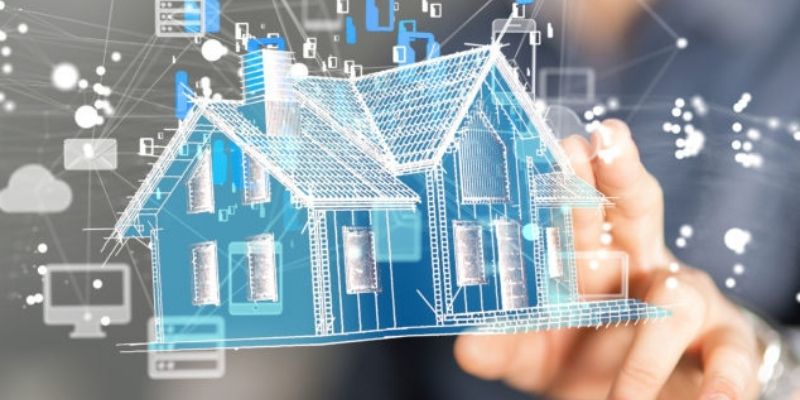
While the smart home AI robot offers immense potential, adopting this technology requires careful consideration to address challenges and implications:
AI robots collect data—motion patterns, voice recordings, or camera footage—raising privacy concerns. Opt for models with end-to-end encryption and local data processing, and review privacy policies. Regular firmware updates are crucial to protect against breaches, ensuring your smart home AI robot remains secure.
While prices are dropping, advanced robots can cost $500-$2,000, with maintenance like sensor cleaning or battery replacements adding expenses. Budget for long-term costs and choose reputable brands with reliable support to maximize your smart home AI robot investment.
Operating a smart home AI robot may intimidate non-tech-savvy users. Select models with intuitive apps or voice interfaces, and leverage tutorials from manufacturers or communities on platforms like X. Starting with basic functions, like cleaning, eases the transition.
Widespread adoption could reduce demand for manual labor jobs, like cleaning services, raising economic concerns. Additionally, over-reliance on robots might weaken human interaction. Balance robot use with personal engagement to mitigate these effects, ensuring the smart home AI robot enhances rather than replaces human connection.
Not all robots integrate seamlessly with existing smart home systems. Verify compatibility with your platform (e.g., HomeKit or SmartThings) and prioritize Matter-supported devices to avoid fragmentation. This ensures your smart home AI robot functions harmoniously within your ecosystem.
Addressing these considerations through informed choices and ethical use allows users to harness the full potential of the smart home AI robot while minimizing drawbacks.
The smart home AI robot is more than a device—it’s a gateway to the future, placing intelligent automation, security, and personalization in your hands. By enabling autonomous homes, Home Gadget Digest believes, delivering tangible benefits, and navigating thoughtful adoption, these robots redefine living in 2025.




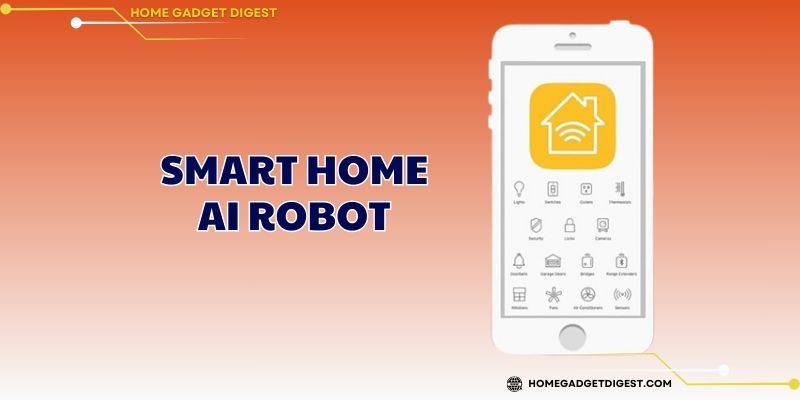

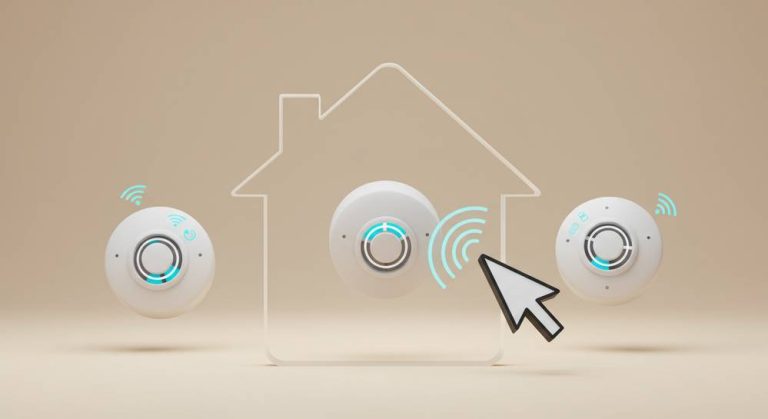
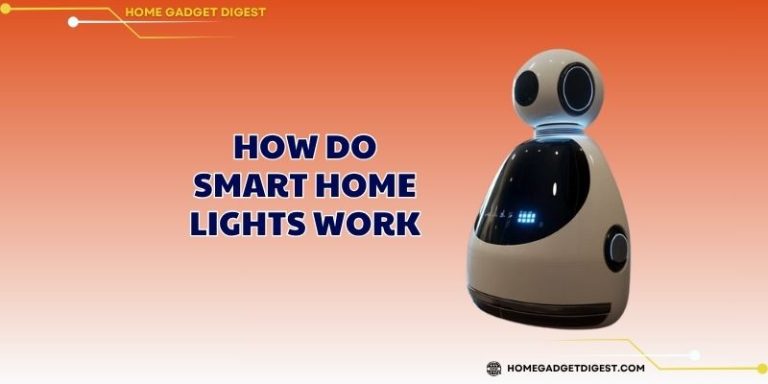


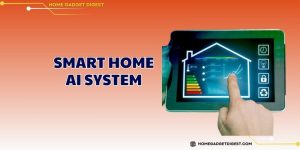
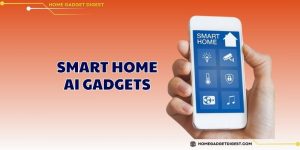
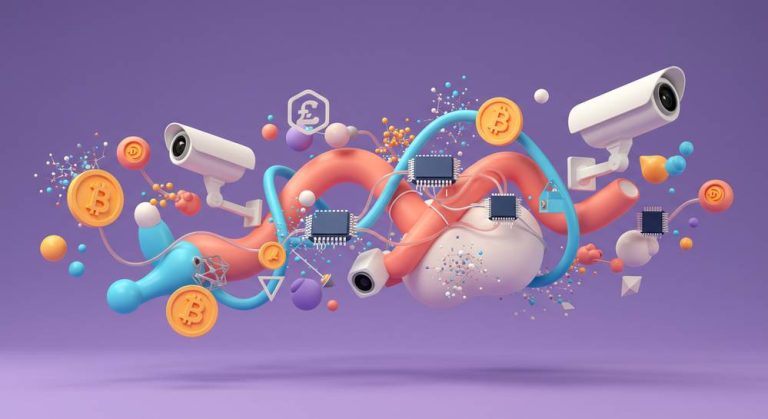
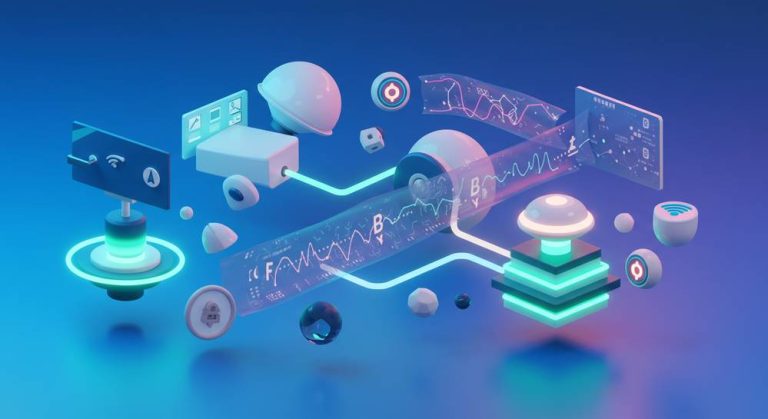
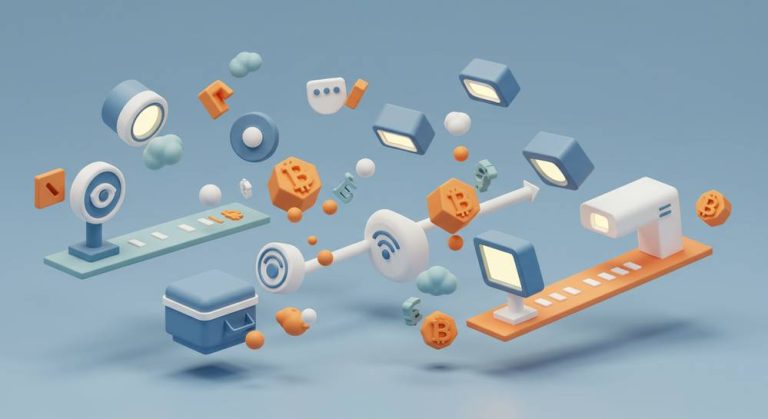

+ There are no comments
Add yours